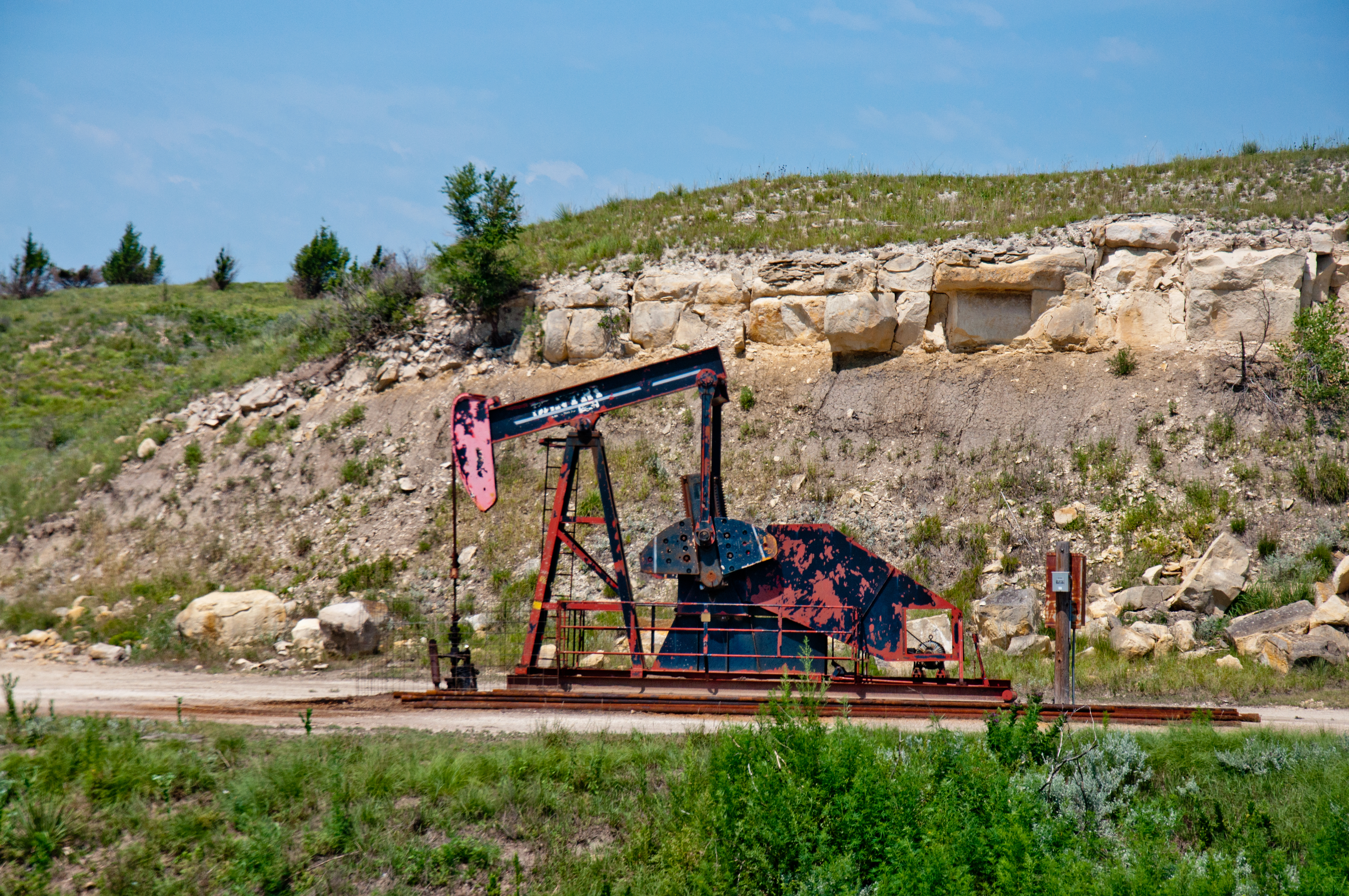BY JOHN P. TRETBAR
The government reports U.S. crude oil producers set records last year for total production and year-over-year growth. According to the Short Term Energy Outlook from the U.S. Energy Information Administration, total production for 2018 averaged 11 million barrels per day, up 1.6 million barrels per day over the year before. EIA predicts domestic production will average 12.4 million barrels per day this year and 13.3 million barrels per day next year. The government says most of the growth will come from the Permian Basin in Texas and New Mexico.
Weekly crude-oil production totals from the government topped 12.3 million barrels per day for the week ending July 5. That’s the second-largest weekly total ever, just 52,000 barrels per day less than the highest-ever total reported June 6. Production was 99,000 barrels per day more than a week earlier, and nearly 1.4 million barrels per day more than a year ago at this time.
The U.S. Energy Information Administration says domestic crude-oil stockpiles dropped by 9.5 million barrels from a week earlier to 459 million barrels. That’s about four percent above the five-year average for this time of year. Imports averaged 7.3 million barrels per day, which is right at the four-week average, but down 284,000 barrels from a week earlier.
Baker Hughes last week reported a big drop in its weekly rotary rig count. In the U.S., the total was 958 active rigs, down four oil rigs and a drop of two rigs exploring for natural gas. The count in Texas was down seven rigs. Canada reported 117 active rigs, down three for the week.
Independent Oil & Gas Service reports drilling underway at two sites in Ellis County. Operators are about to spud two wells in Barton County and one in Ellis County. There are six active drilling rigs in eastern Kansas, down one for the week, and 24 west of Wichita, which is unchanged.
Operators last week received 15 permits for drilling at new locations across Kansas, which brings the year-to-date total to 489. There were six new permits filed in eastern Kansas and nine west of Wichita, including one each in Barton and Ellis counties. Independent Oil and Gas Service reported 14 newly-completed wells for the week, 791 so far this year. There were 14 completions east of Wichita, and 12 in Western Kansas, including one in Stafford County and one dry hole in Ellis County.
U.S. producers moved nearly 13,000 rail tanker cars carrying petroleum and petroleum products during the last week of June, up 14 percent over the same week a year ago. The spike continues in oil-by-rail, brought on by increased production without sufficient pipeline capacity. But the Association of American Railroads reports the increases are not as high as they have been over the last two years. The year-to-date cumulative average for the first six months of the year is 23.2% higher than the same figure last year. Canada’s oil-by-rail traffic increased 21.8% over the same week last year. For the first half of the year, Canada’s cumulative rail-tanker traffic is up 24.3%.
Venezuela’s embattled energy industry has an unlikely new ally, despite President Trump’s sanctions aimed at ousting President Nicolás Maduro. Despite the U.S. administration’s push to disrupt the financial resources available to Venezuela’s leadership, Chevron Corp. is working to bolster one of the Maduro government’s chief economic pillars. Bloomberg reports the second-biggest U.S. oil company is helping tap four fields in Venezuela while testing new injection technologies at one of them. Chevron is also helping pay for supplies, expenses, and even health care for workers at the state-owned oil producer PDVSA to keep the crude flowing.
The law regarding energy production in Colorado has taken a dramatic turn over the last few months. After a series of wins for the oil and gas industry, lawmakers in the state enacted a bill that gives broad local authority to regulate or block oil and gas production activity. The new law also requires the state to prioritize public health and safety over energy production. New state and local regulations are in progress across Colorado. Last month County Commissioners in Boulder County enacted an “emergency moratorium” on all new permits for oil and gas exploration, a move that blocks the drilling of 100 new wells in the county by Crestone Peak Resources. A public hearing was planned Tuesday at which county leaders could cancel or extend the moratorium.
The State of Colorado is considering a requirement that drillers track and report methane emissions from their oil and gas wells. The state’s current methods of collecting such data have produced what some call inaccurate information, and state air quality officials want to change that. State environmental regulators are considering requiring oil and gas operators to routinely measure and report their methane emissions, beginning as early as June of 2020.

